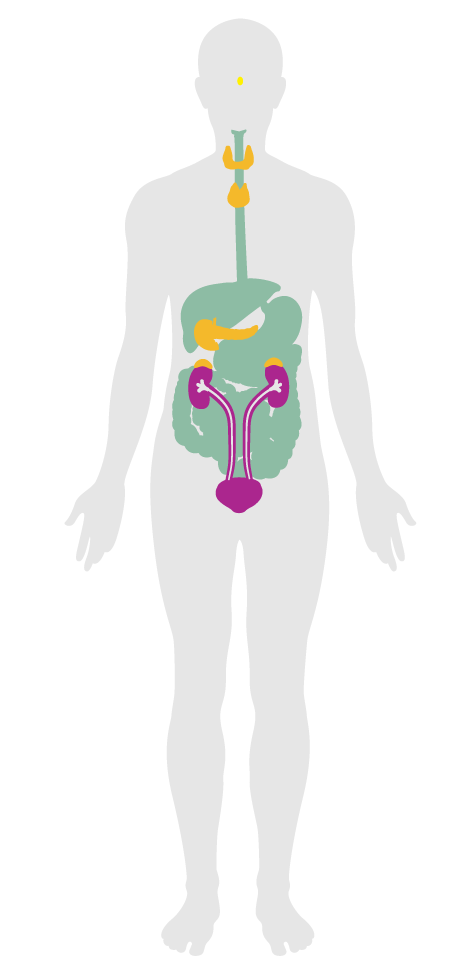Drinking water promotion
Drinking water promotion
Intent:
To promote the consumption of water by making high quality drinking water easily accessible to occupants.
BACKGROUND
Access to clear, good-tasting water helps to promote proper hydration throughout the day. Many otherwise healthy people unknowingly suffer from mild dehydration, a condition where there is less water and fluids in the body than there should be, which results in avoidable symptoms such as muscle cramps, dry skin and headaches. Drinking plenty of water, especially when exercising and at higher temperatures is essential to ensure good hydration. Improving the taste and appearance of tap water encourages increased water consumption and reduces reliance on bottled water.
All water being delivered to the project area for human consumption:
a.54
Aluminum less than 0.2 mg/L.
b.54
Chloride less than 250 mg/L.
c.54
Manganese less than 0.05 mg/L.
d.47
Sodium less than 270 mg/L.
e.54
Sulfate less than 250 mg/L.
f.54
Iron less than 0.3 mg/L.
g.54
Zinc less than 5 mg/L.
h.54
Total Dissolved Solids less than 500 mg/L.
The components of dispensers that provide water for human consumption are cleaned with at least the following regularity:
a.48
Daily, for mouthpieces, protective guards and collective basins, to prevent lime and calcium build-up.
b.48
Quarterly, for outlet screens and aerators, to remove debris and sediment.
The following requirements are met to promote water consumption and to reduce the consumption of less healthy alternatives:
a.162
At least one dispenser with free, potable water is provided per 30 students in outdoor activity areas, if present, based on average outdoor occupancy.

